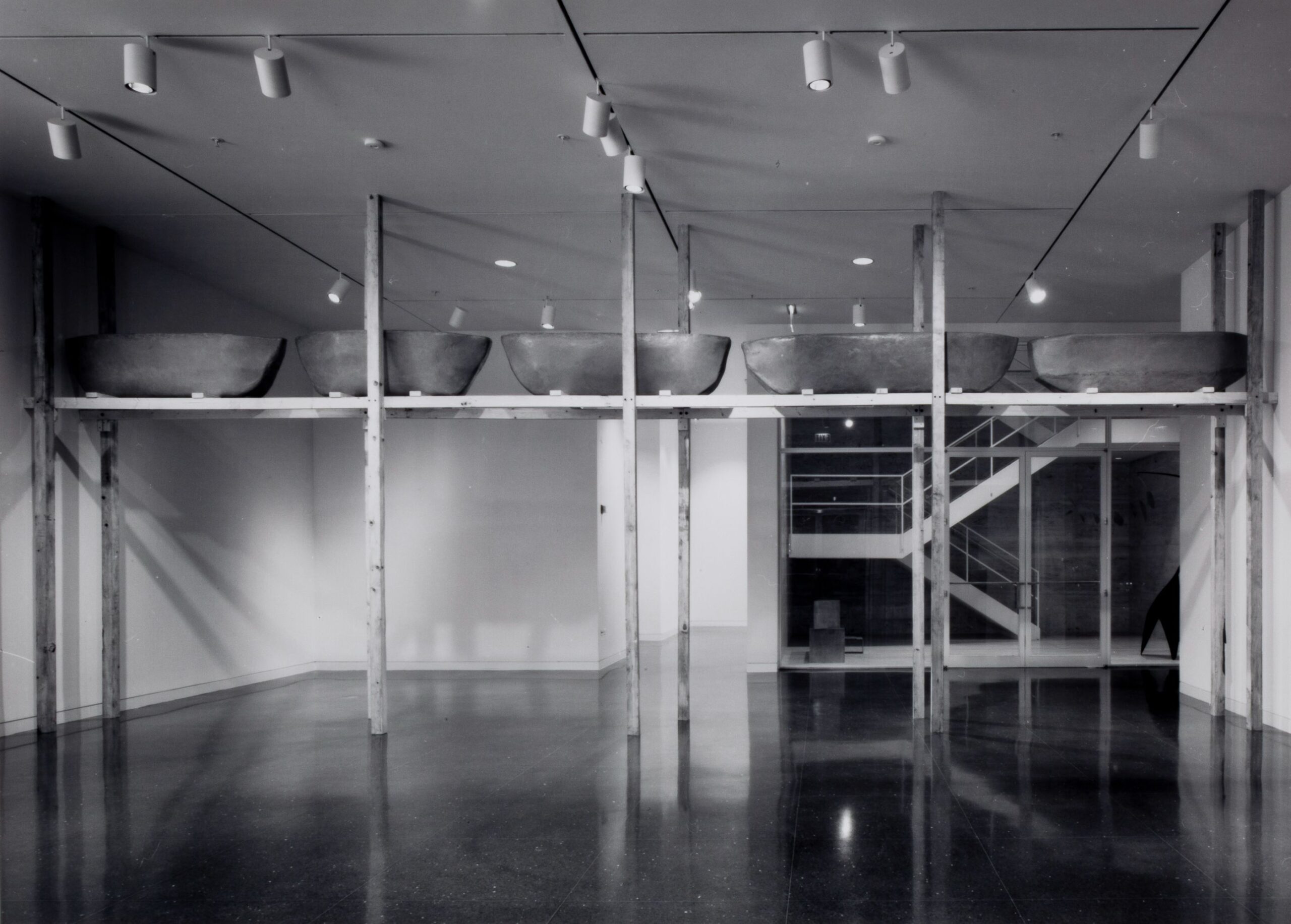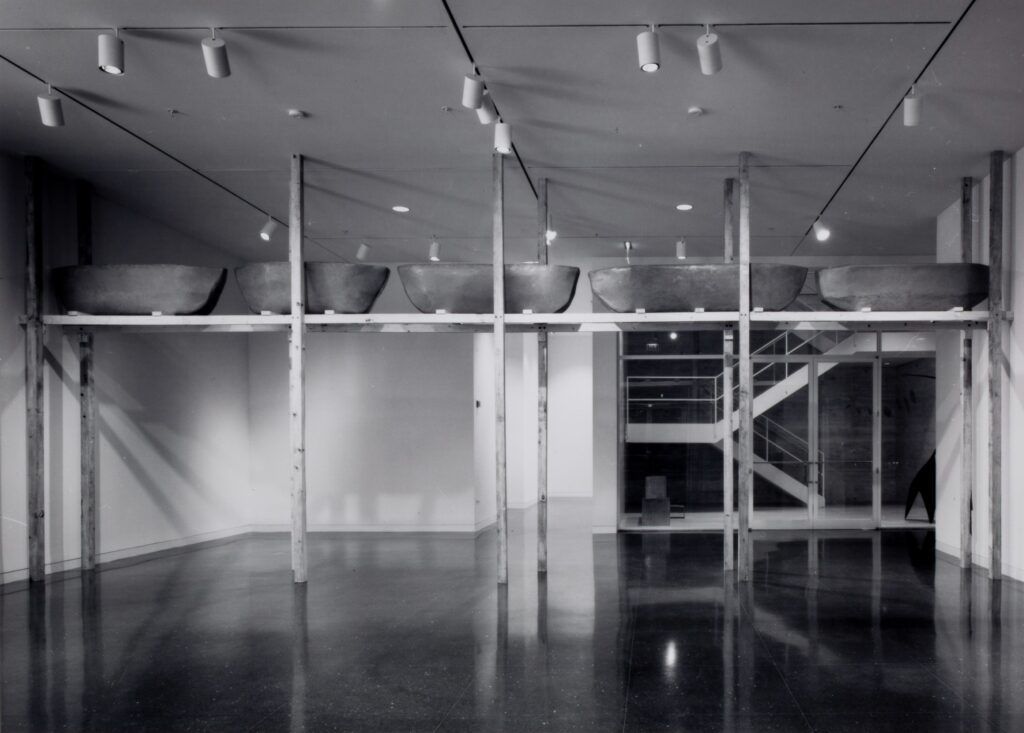Wolfgang LaibYou Will Go Somewhere Else


Past exhibition
Wolfgang Laib You Will Go Somewhere Else
About the Exhibition
The Arts Club of Chicago is pleased to announce the opening of an exhibition of works by Wolfgang Laib on Thursday, January 22, continuing through Saturday, April 4, 1998.
A German artist whose works are composed of materials found in nature, Wolfgang Laib is known for his pristine and contemplative work. He does not consider what he does to be creating works of art, but rather, thinks of it as participating with nature and the natural materials he uses: pollen, milk, rice and beeswax. The involved and ritualistic procedure he undertakes for making each piece is much more than an artistic process—it’s a way of life. Laib’s schedule is ruled by the laws of nature. For instance, each year in early spring, he begins collecting pollen from the trees and plants near his home in the German country side. The intricate process of gathering the pollen takes four or five months and yields only four to five jars. He lives in relative seclusion in a sparely furnished, solar powered house outside a small village in southern Germany. Laib explains, “I have always tried to have a very simple life… so I hope my work and life have become one.”
He travels to install, and in most cases, recreate his pieces with site specific modifications. For the Arts Club exhibition, Laib will construct You will go somewhere else, a series of large, ochre, beeswax boats placed high upon wooden scaffolding which traverses the room. The exhibition will also include The Rice Meals, a row of 33 Indian brass plates placed on the floor and filled with mounds of rice and pollen. Two elevated beeswax houses, jars of different varieties of pollen Laib collected between 1978 and 1980, and a series of pasted drawings on paper will also be included in the exhibition.
About the Artist
Born in 1950 in Metzingen, Germany, Laib originally studied to became a doctor at the University of Tübingen. Disillusioned with Western medicine, he came to view the natural sciences, as well as most other modern thinking, as limited for their dependency on logic and the material world. His search for something else led him to Eastern spiritualism, philosophy, and pre-Renaissance thought. In 1975, not six months after completing medical school, he made his first Milkstone, a hand polished slab of marble with a shallow indentation onto which he poured a layer of fresh milk. From that moment on, he continued to work exclusively as an artist.
Despite his simple lifestyle, Laib has built an international reputation as an artist, showing in over 150 exhibitions in major art centers throughout the world since starting his career in the mid 70s. He has held solo exhibitions at the Museum of Contemporary Art, Chicago (1989), the Museum of Contemporary Art, Tokyo (1990), and Centre Georges Pompidou, Paris (1992). In the past year, he participated in the Venice Biennale, and The Museum of Modern Art, New York’s exhibition Objects of Desire: The Modern Still Life.